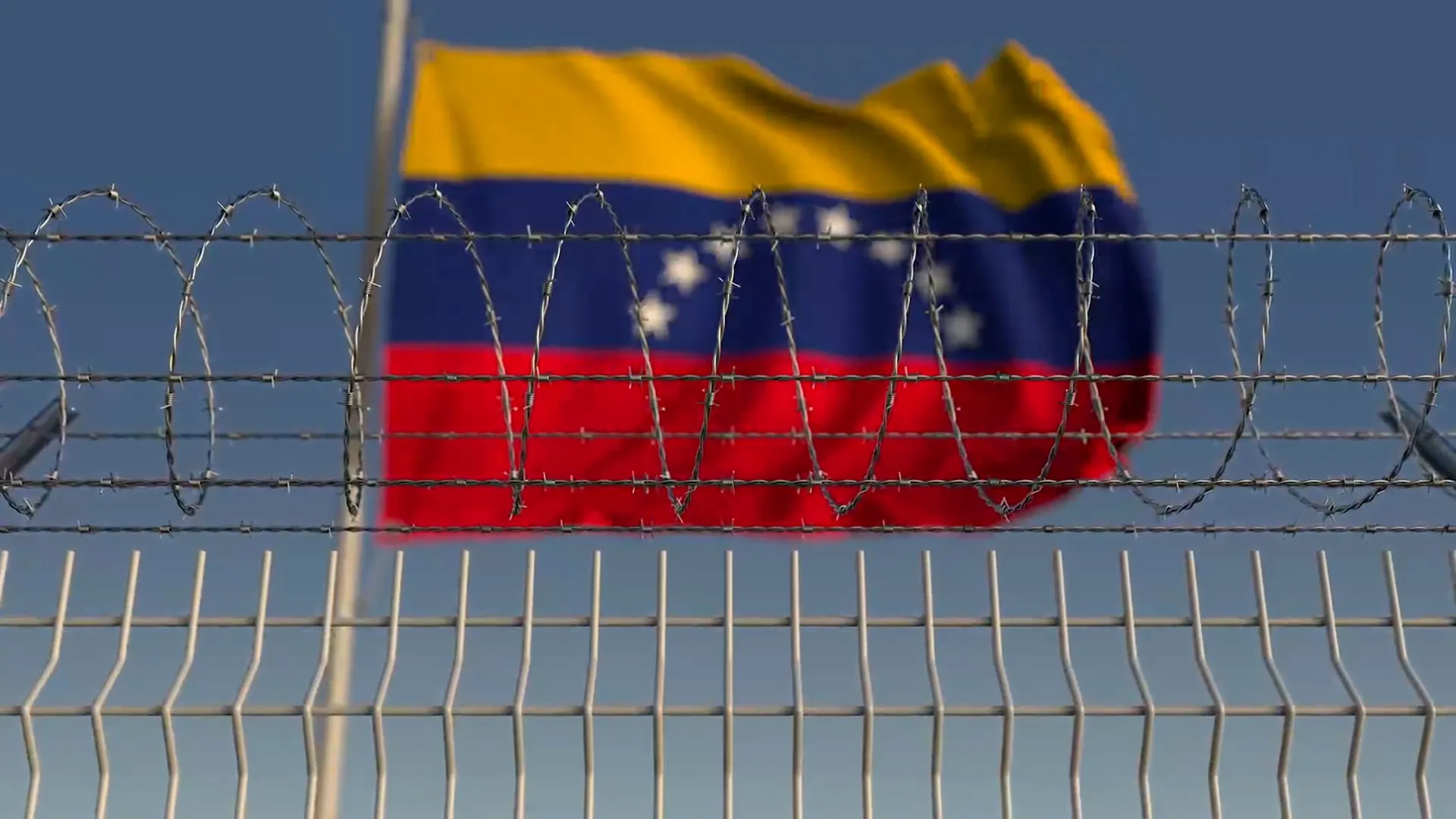Inside the Tren de Aragua: An Overview
The Tren de Aragua is not just a name whispered in the dark alleys of Venezuela; it’s a powerful criminal organization that has woven itself into the very fabric of society. This notorious gang, which originated in the Aragua state, has expanded its operations beyond local borders, establishing a network that stretches across Latin America. In this article, we take an exclusive ride-along with law enforcement, offering a rare glimpse into the inner workings of the Tren de Aragua. As we delve into their operations, we unveil the challenges faced by police as they combat the gang’s pervasive influence and criminal activities.
The Origins of the Tren de Aragua
The Tren de Aragua emerged in the early 2010s, initially formed by inmates in a local prison. Its name translates to “Aragua Train,” a reference to the collective movement of its members akin to a train that picks up speed and strength as it travels. What began as a small group of criminals has since evolved into one of Venezuela’s most significant organized crime syndicates, engaging in a variety of illegal activities, including drug trafficking, extortion, and human trafficking.
One of the factors contributing to the gang’s rise is Venezuela’s socio-economic crisis. As the country struggles with hyperinflation, rampant unemployment, and political instability, many have found themselves drawn into the Tren de Aragua either as a means of survival or a pathway to power. The gang offers economic opportunities that are otherwise unavailable, making it an attractive option for the vulnerable population.
Inside the Operations of the Tren de Aragua
Understanding the operations of the Tren de Aragua requires an examination of its structure and strategies. The gang operates with a hierarchical structure, reminiscent of corporate organizations, where each member has a defined role. This organization allows them to manage their illicit activities efficiently and effectively.
Drug Trafficking
One of the primary sources of income for the Tren de Aragua is drug trafficking. The gang has established routes for smuggling cocaine and other narcotics from Colombia into Venezuela and beyond. Their operations are sophisticated, often utilizing corrupt officials to facilitate their movement across borders. Authorities have noted a significant increase in the amount of cocaine seized that can be traced back to the Tren de Aragua, highlighting their influential role in the drug trade.
Extortion and Protection Rackets
In addition to drug trafficking, the Tren de Aragua engages in extortion and protection rackets. They target local businesses, demanding payments in exchange for “protection” from violence or vandalism. This practice not only generates significant revenue but also instills fear within the community, making it difficult for law enforcement to intervene.
The Law Enforcement Response
Law enforcement agencies in Venezuela face significant challenges when combating the Tren de Aragua. The gang’s deep-rooted connections within the community and government create an environment where police efforts are often thwarted. Officers report facing intimidation, threats, and even violence when attempting to apprehend gang members.
Despite these challenges, law enforcement has made strides in recent years. Operations have been conducted to dismantle key leadership figures within the gang and disrupt their operations. However, the Tren de Aragua’s adaptability means that it quickly reorganizes and finds new ways to operate. This cat-and-mouse game plays out regularly, with police often finding themselves several steps behind.
Community Engagement and Support
Recognizing the need for a comprehensive approach, some law enforcement agencies have turned to community engagement. Programs aimed at providing support and opportunities for at-risk youth seek to reduce the allure of gang life. By offering education, job training, and mental health resources, authorities hope to divert potential recruits from gangs like the Tren de Aragua.
The Impact of the Tren de Aragua on Society
The influence of the Tren de Aragua extends beyond crime; it significantly impacts the daily lives of Venezuelans. Communities plagued by gang violence often experience a breakdown in social order, with citizens living in constant fear. Public services are disrupted, and businesses suffer under the weight of extortion.
Furthermore, the gang’s operations have contributed to an increase in violence throughout the region. Rivalries with other gangs lead to turf wars, further endangering innocent civilians caught in the crossfire. The psychological toll on communities can be profound, with many inhabitants feeling trapped in a cycle of fear and hopelessness.
Looking Ahead: The Future of the Tren de Aragua
As the Tren de Aragua continues to evolve, so do the strategies employed by law enforcement. The situation in Venezuela remains fluid, with ongoing political and economic turmoil influencing the gang’s operations. Experts suggest that the key to combating the Tren de Aragua lies not only in law enforcement efforts but also in addressing the root causes of crime.
This includes improving economic opportunities, enhancing education, and fostering community resilience. By empowering communities and providing alternatives, it is possible to diminish the gang’s influence over time.
Conclusion
Inside the Tren de Aragua reveals a complex and multifaceted organization that thrives in the shadows of Venezuela’s socio-economic crisis. As law enforcement battles to reclaim control, the path forward will require innovative solutions and community support. While the challenges are significant, the potential for change exists, and with it, the hope for a safer future for the people of Venezuela.
In understanding the Tren de Aragua, we gain insight into the broader issues facing not just Venezuela, but many regions grappling with crime and instability. By addressing these challenges head-on, we can work towards a society where fear does not dictate the lives of its citizens.
See more CNN Headline


